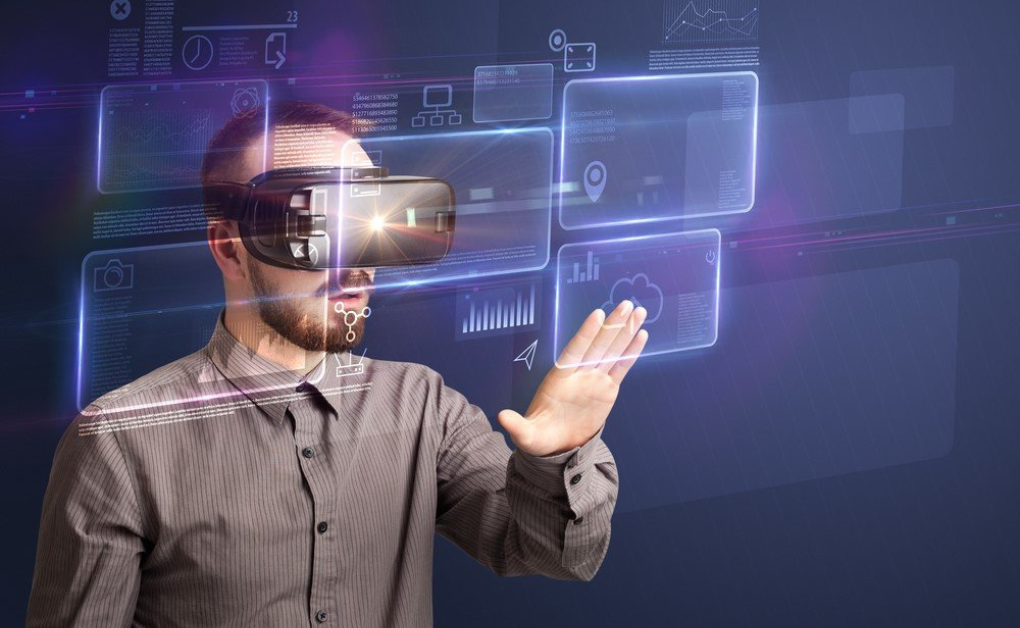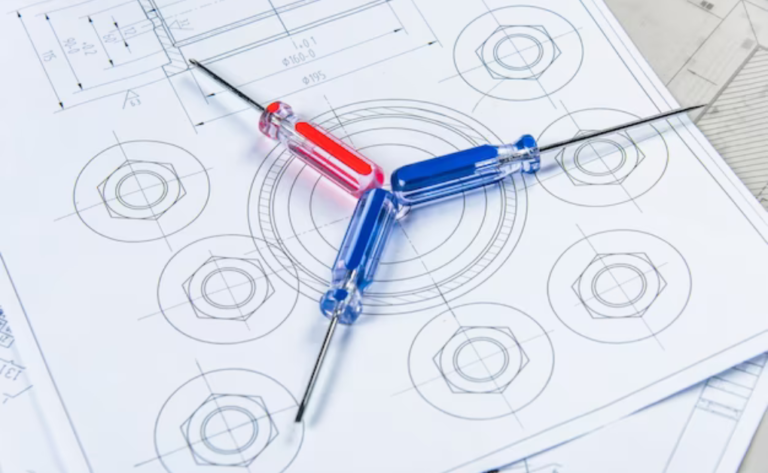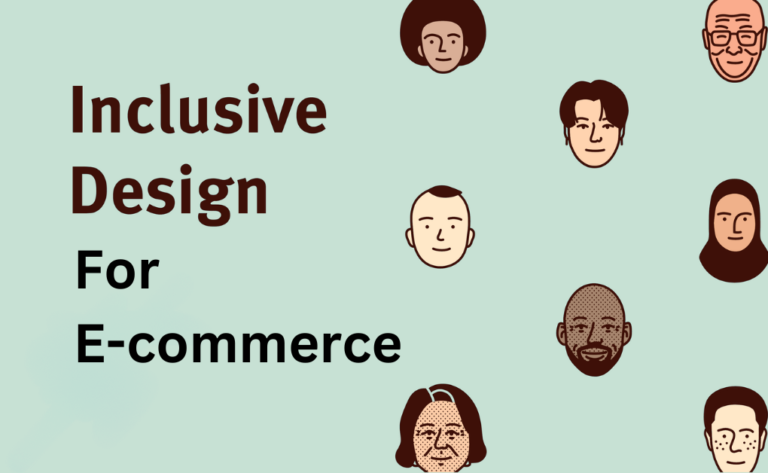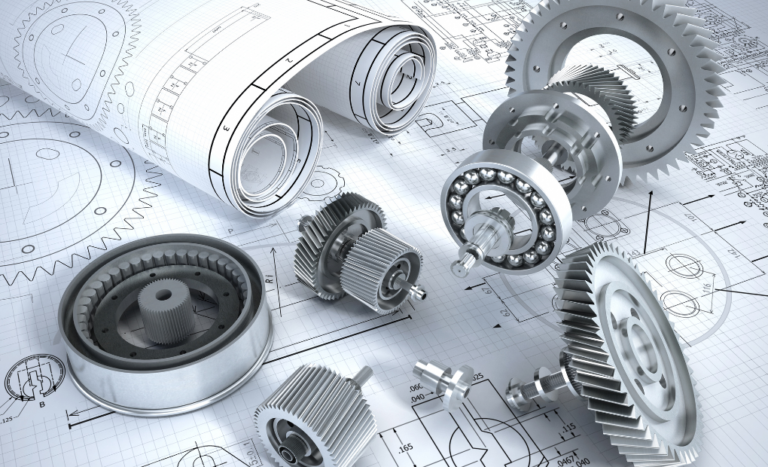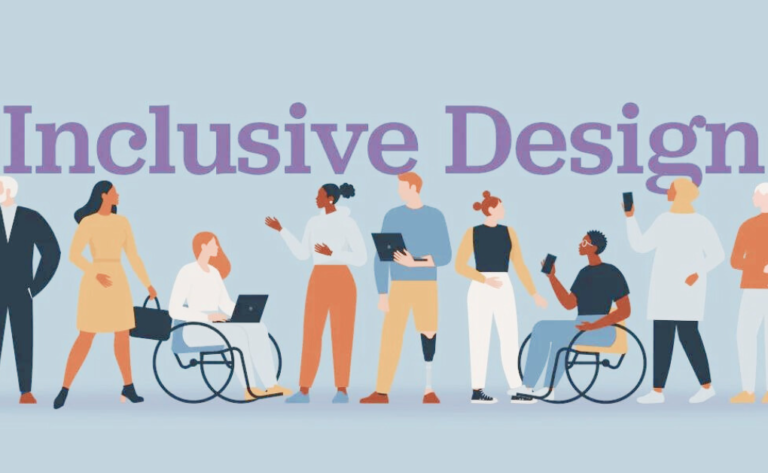Augmented Reality and Product Design: Revolutionizing the Creative Process
Introduction
In today’s rapidly evolving technological landscape, Augmented Reality (AR) has emerged as a game-changer in the realm of product design. AR seamlessly blends digital information and the physical world, offering a unique and immersive experience for both designers and consumers alike. In this blog post “Augmented Reality and Product Design: Revolutionizing the Creative Process” , we will explore how Augmented Reality is revolutionizing the product design process, from prototyping to user testing and marketing. We will also delve into what AR is and how it is related to product design, highlighting the profitability it brings to businesses.
What is Augmented Reality (AR)?
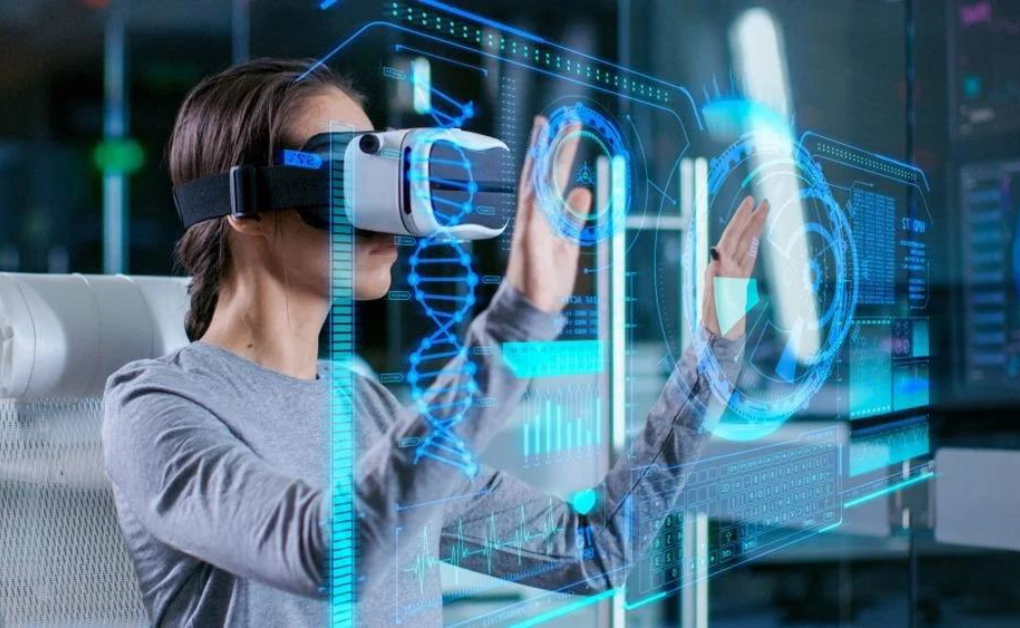
Augmented Reality, commonly abbreviated as AR, is a cutting-edge technology that superimposes digital information, such as images, sounds, or 3D models, onto the real world. Unlike Virtual Reality (VR), which immerses users in a completely virtual environment, AR enhances the physical world by adding layers of digital content. This is typically achieved through the use of smartphones, tablets, smart glasses, or specialized AR headsets.
AR technology relies on a combination of sensors, cameras, and computer algorithms to recognize and track real-world objects or environments. By doing so, it can precisely overlay virtual elements onto the user’s field of view, creating a blended, interactive experience. This technology has found applications in various industries, but its impact on product design is particularly noteworthy.
AR in Product Design: A Paradigm Shift
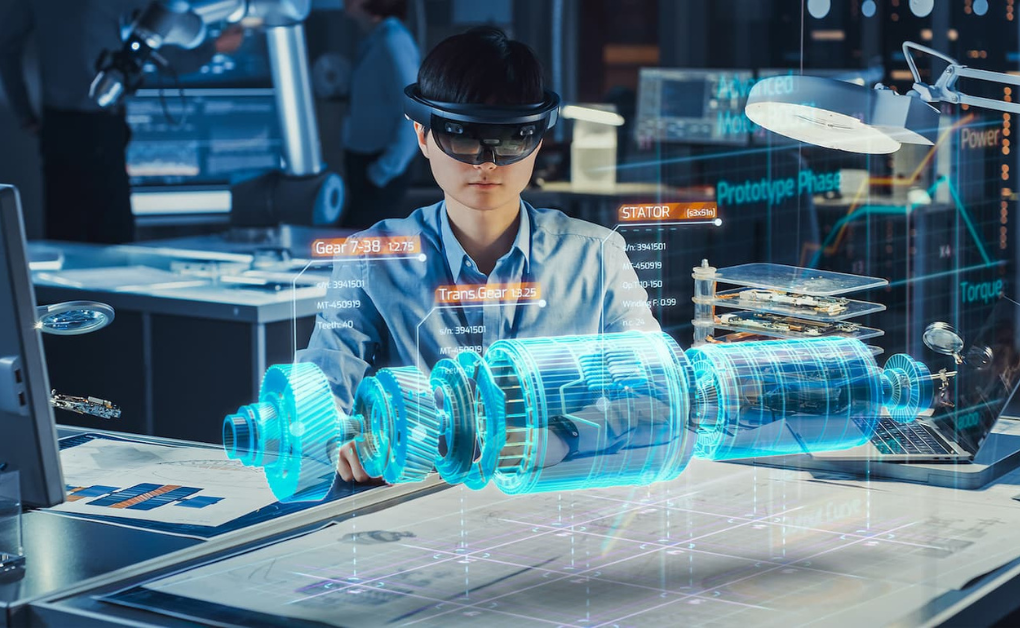
- Streamlining Prototyping
One of the primary ways AR is revolutionizing product design is by transforming the prototyping phase. Traditionally, creating physical prototypes can be time-consuming, expensive, and often limited in terms of iteration. With AR, designers can develop virtual prototypes that can be visualized in real-world contexts. This enables them to make quicker design decisions and identify potential issues early in the process.
For instance, automotive designers can use AR to project 3D car models onto a physical chassis to assess the aesthetics and ergonomics. Furniture designers can place virtual furniture pieces within a room to gauge how they fit in terms of size and style. This dynamic prototyping not only accelerates the design cycle but also reduces material waste, contributing to sustainability.
- Enhancing User Testing
AR significantly elevates user testing by enabling designers to simulate real-world product interactions. Usability studies can be conducted in a more immersive and authentic environment, providing invaluable insights into user behavior and preferences. AR also allows for remote user testing, making it possible to gather feedback from a broader and more diverse audience.
For example, an app developer can use AR to simulate how users would interact with their application in various scenarios. This helps in refining the user interface and overall user experience. Moreover, AR can assist in accessibility testing by simulating different user perspectives, including those with disabilities.
- Creating Immersive Marketing Campaigns
When it comes to marketing, AR opens up a world of possibilities for product designers. Instead of relying solely on traditional advertising channels, businesses can create immersive AR experiences to showcase their products. This not only captures the attention of potential customers but also engages them on a deeper level.
AR-powered marketing campaigns can include interactive 3D product demonstrations, virtual try-ons, and gamified experiences. For instance, the cosmetics industry has leveraged AR to allow customers to try on virtual makeup and skincare products using their smartphones. This not only boosts consumer engagement but also reduces the need for physical samples, further lowering costs.
The Profitability of AR in Product Design
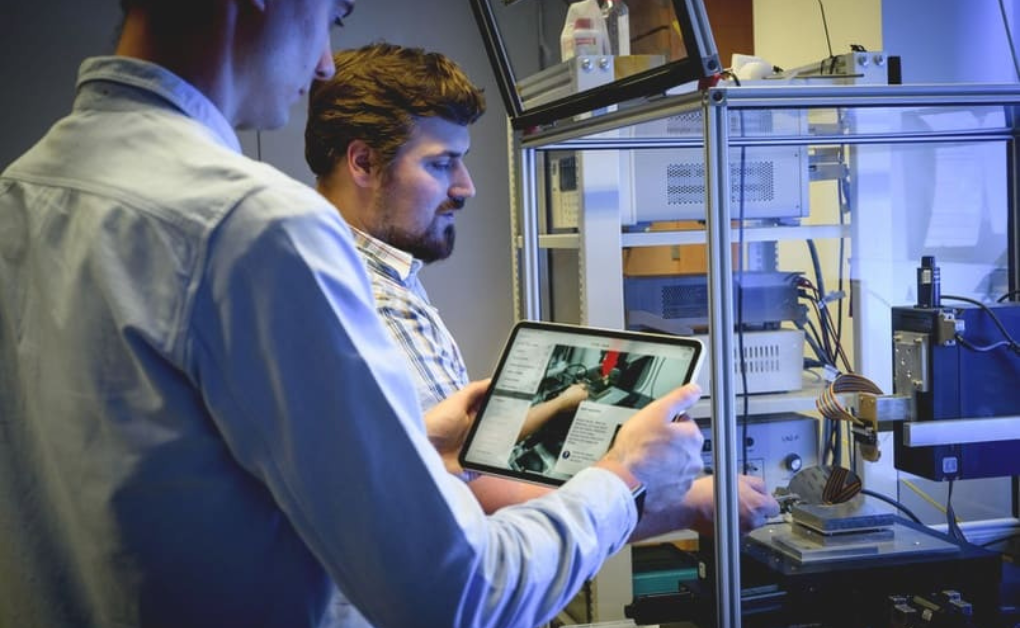
- Cost Savings
AR reduces the need for physical prototypes, which can be expensive to produce and transport. By using virtual prototypes, businesses can save substantial costs on materials, labor, and logistics. Additionally, the ability to identify and address design flaws early in the process minimizes costly revisions and rework.
- Faster Time-to-Market
Efficient design iterations and quicker user testing facilitated by AR result in shorter development cycles. Products can be brought to market faster, capitalizing on trends and consumer demand while reducing time-related costs.
- Enhanced User Engagement
AR-powered marketing campaigns create memorable and engaging experiences for consumers. When customers interact with products in an immersive way, they are more likely to develop a connection and make a purchase. This increased engagement can lead to higher conversion rates and revenue.
- Competitive Advantage
Businesses that embrace AR in product design gain a competitive edge by staying at the forefront of technology. Customers are increasingly drawn to innovative and immersive experiences, making AR an attractive selling point for products and services.
- Expanded Market Reach
AR-enabled user testing can involve participants from around the world, providing insights into diverse consumer markets. Businesses can tailor their products to meet the specific needs and preferences of different regions, expanding their market reach and potential customer base.
Conclusion
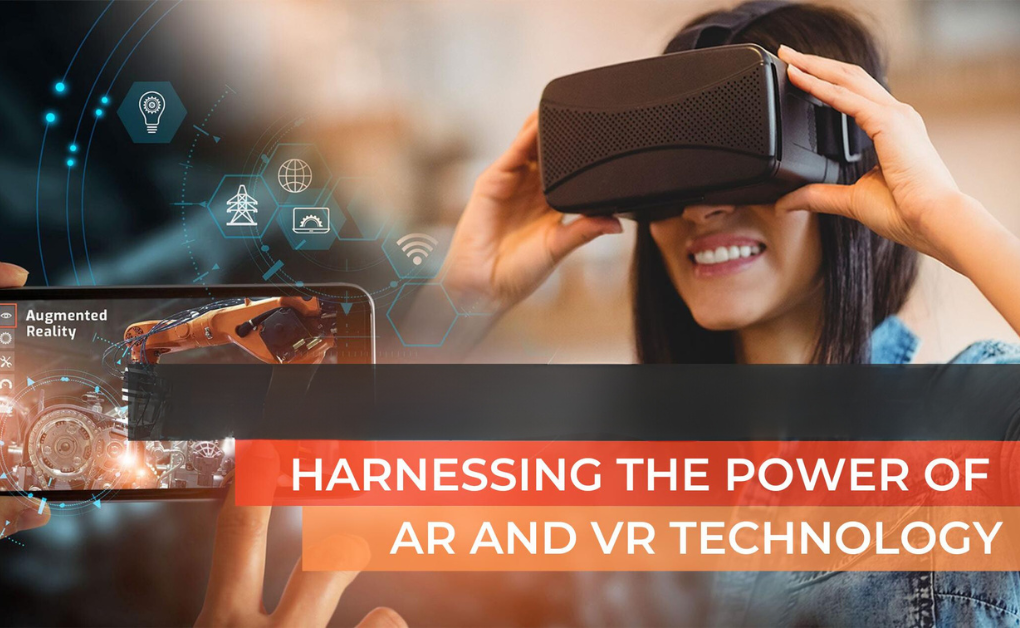
Augmented Reality and Product Design: Revolutionizing the Creative Process:- In the ever-evolving landscape of product design, Augmented Reality has emerged as a transformative force. Its applications in prototyping, user testing, and marketing have revolutionized the way businesses approach product development. With cost savings, faster time-to-market, enhanced user engagement, and expanded market reach, AR is proving to be not only a creative tool but also a profitable investment for businesses.
As technology continues to advance, the integration of AR into product design processes is likely to become even more seamless and widespread. As a result, businesses that embrace AR now will not only stay competitive but also lead the way in delivering innovative and immersive products to consumers. Augmented Reality is not just a tool; it’s a paradigm shift that is reshaping the future of product design.

